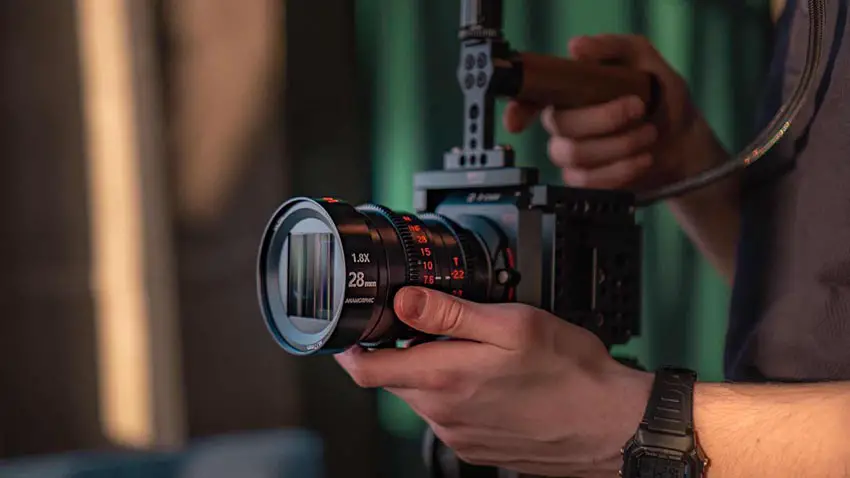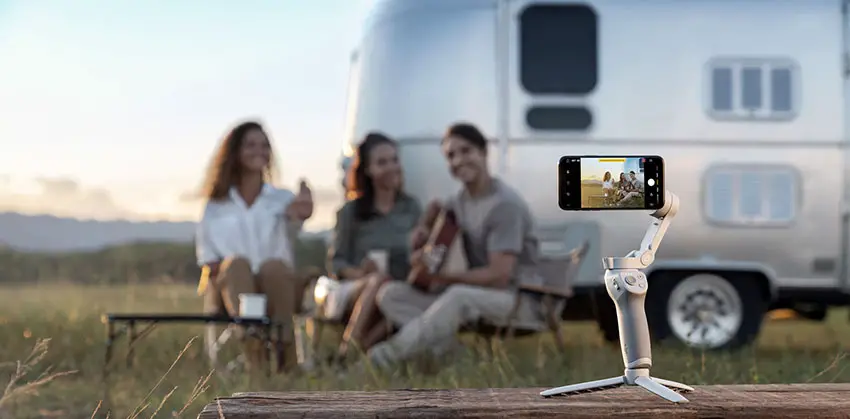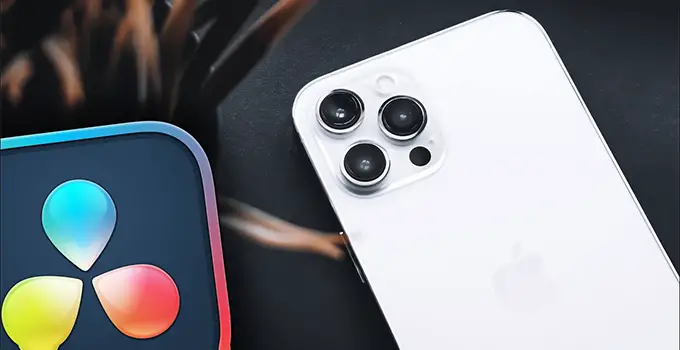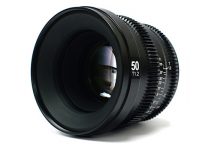Smartphones are perfectly viable filmmaking tools. It’s true. Beyond the fact that current models can record 4K video in 10-bit HDR with respectable bitrates, the footage itself can just look very nice. If you are using only a smartphone it can be easy to edit together the footage in a clean manner.
However, you may notice some obvious differences once you try to edit iPhone clips into the same video as one with footage from a RED cinema camera. There are some tricks and tips you can follow to make sure the footage actually looks similar and matches up. Just check out this video from Tomorrow’s Filmmakers.
One thing to keep in mind as you work is that smartphones may be good, but they are far from perfect filmmaking tools. They have their own distinct advantages and disadvantages that if you can work with or around can result in excellent results.
1. Avoid Low Light
Among the biggest limitations of smartphones is their performance in low light. Small sensors and aggressive processing can result in ugly footage. Compared to cinema cameras where you can benefit from larger sensors and better lenses plus control over the data/files created the smartphone just can’t match up.
If you want to use your smartphone in a bigger project then it is best in situations where there is plenty of light to get a well-exposed image
2. Focal Length
Even though modern smartphones can have three or more lenses with different focal lengths, generally the standard lens is the best one. These ultra-compact telephoto and ultra-wide optics just don’t hold up to the default lens. Standard is what most people will use so they obviously focus on those.
If you need to get a little tighter on your subject, the recommendation is to stick with the standard lens and just move closer. This should produce the best quality. Zooming will usually cost you quality.

Image Credit: Vazen
3. Create Shallow Depth of Field
One of the advantages of traditional camera systems is the ability to create images with a shallow depth of field. It’s the “pro” look. While some fancy adapters can be used and even post-processing in select cases, there are some smaller tips for getting a better-looking image using depth.
You can separate your subject from the background. You can move your phone closer to your subject. You can have something in the foreground. All these techniques can help get a little bit closer to a traditional camera.
4. Mind Your Dynamic Range
Smartphones definitely lose to cinema cameras when it comes to dynamic range. This refers to the amount of detail captured in both the shadows and highlights. The biggest issue you might see is blown-out highlights in your shots. This will instantly reveal a bad camera.
Addressing this requires a good deal of care. You will want to time your shoots, avoid shots that have bright light sources in the shot, or have a mix of lighting conditions. If you are in a tough spot you can try to expose for the highlights and try to recover a little bit of the shadows.
5. Smooth Movements
Stepping up from amateur to professional-looking footage has a lot to do with how you handle the camera and what effect that has on the shot. Jittery handheld footage almost never looks good. Taking the care to smooth out your shots makes a huge difference.
While you can do good handheld without any tools, and the extra weight of cinema cameras certainly helps them here, but for the best performance, a mini gimbal is the best accessory. Something like the DJI OM 4 will work wonders for very little money. It’ll eliminate the most terrible of the jitters.

Image Credit: DJI
6. Use a Manual Camera App
Many times the reason people invest in their first high-end camera is that it gives them more control. Native smartphone camera apps generally don’t offer too much in terms of settings. Maybe an autoexposure adjustment or tapping to focus, which isn’t too helpful if everything else is gonna be running on auto.
Manual camera apps unlock additional features and settings of your smartphone’s camera. Recommendations for iOS include Moment’s Pro Camera app and FILMIC Pro. On Android there is still FILMIC PRO, but also Beastcam and DJI apps are excellent.
You want full control for a few reasons. Primarily it allows you to dial in the look the each shot and get a consistent exposure as you are recording. Additional options are being able to use different color profiles, focus and exposure tools, etc.
7. Camera Settings
Once you have your new manual controls you should learn how to best set up your phone for best quality:
- Set to 4K resolution
- Set frame rate to 24 fps (or 60 fps for slow motion)
- Set to highest bitrate
- Turn off digital image stabilization
- Set to a neutral (flat) picture profile
- Keep ISO as low as possible
- Manually set and lock the white balance
- Adjust the shutter speed
- Use ND filters when you need a darker exposure
- Lock focus and exposure
8. Third-Party Gear
Now that smartphones are so good and so common there is a huge market of high-quality equipment specifically for shooting on smartphones. This includes lenses, such as those from Moment. Add-on lenses can be of high quality and give you longer focal lengths, macro capabilities, anamorphic, and more.
For even more advanced lenses, the Beastgrip DOF Adapter MK2 allows you to mount SLR lenses to your phone and get the shallow depth of field look.
Final Thoughts
The general quality is there for smartphone video. Specs do mean a lot here. However, there is a lot more to professional filmmaking than just the specs of your camera. Doing things like using a gimbal, ensuring proper exposure, and getting your camera settings locked in can maximize the potential of your smartphone and make it a viable tool alongside your expensive cinema rig.
Do you have any accessories or recommendations for capturing stunning smartphone video?
[source: Tomorrows Filmmakers]
Order Links:
- DJI OM 4 Smartphone Gimbal Stabilizer (B&H, Amazon)
- Moment Tele 58mm Lens (B&H, Amazon)
- Moment Macro Lens (B&H, Amazon)
- Moment Anamorphic Lens (B&H, Amazon)
- Beastgrip DOF Adapter MK2 (B&H)
Disclaimer: As an Amazon Associate partner and participant in B&H and Adorama Affiliate programmes, we earn a small comission from each purchase made through the affiliate links listed above at no additional cost to you.





